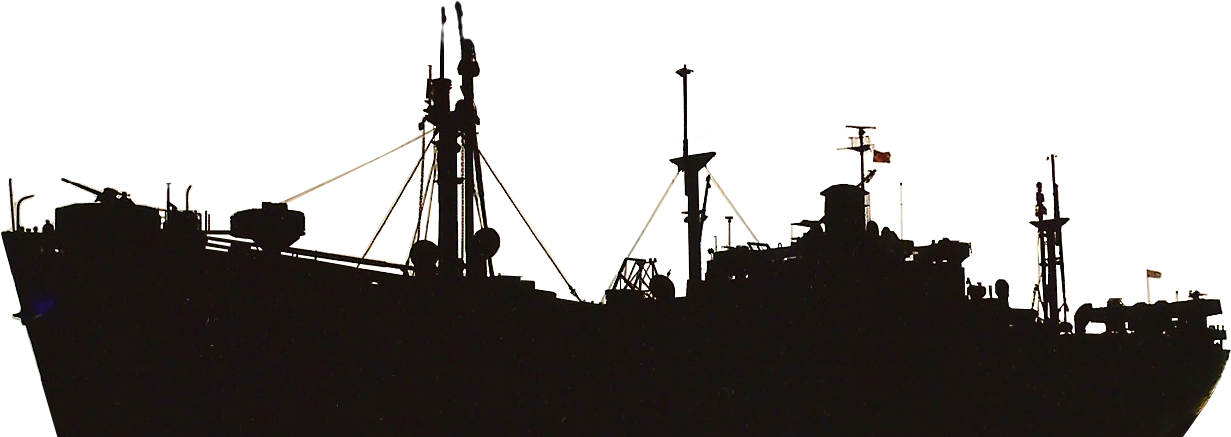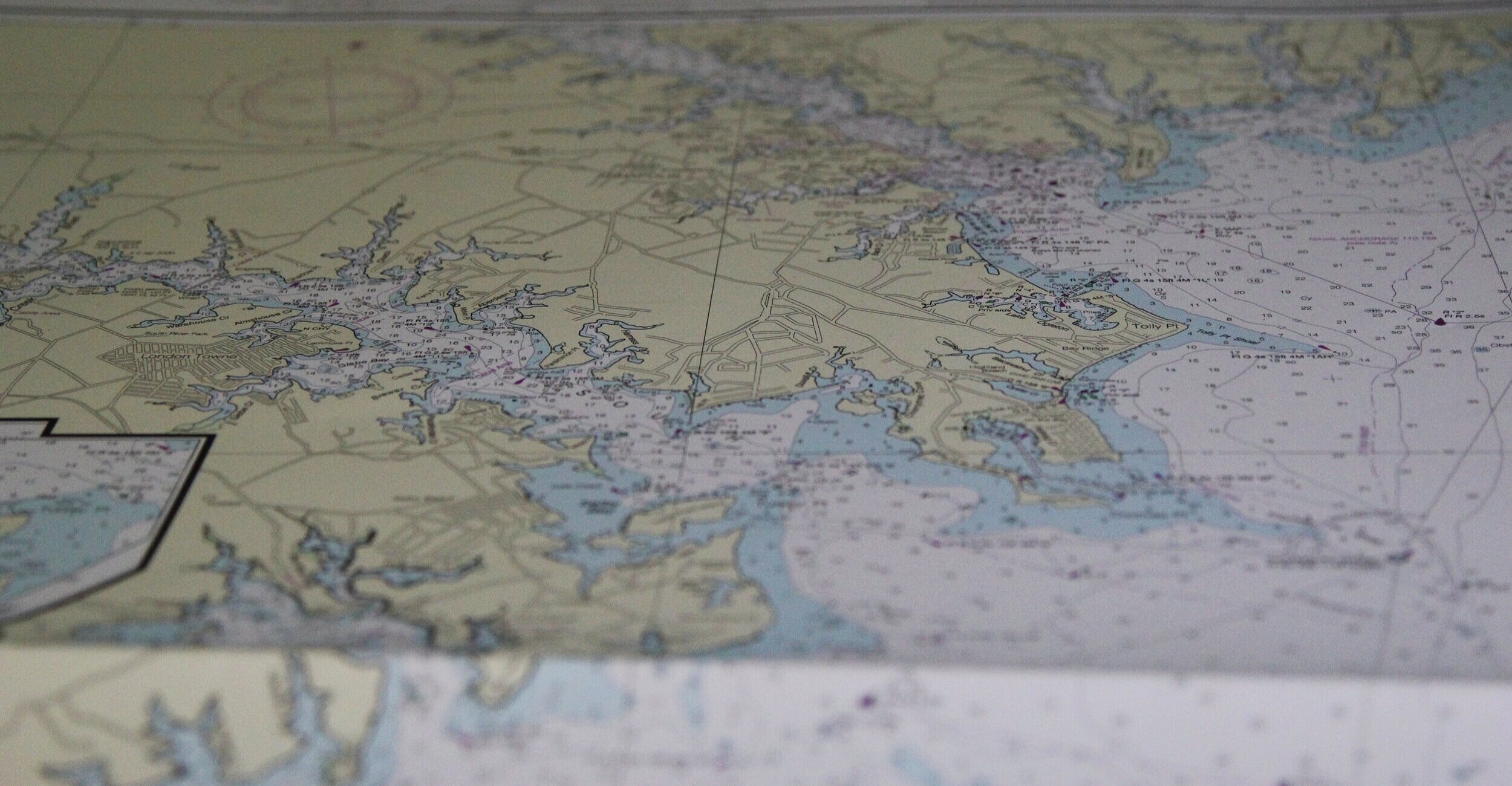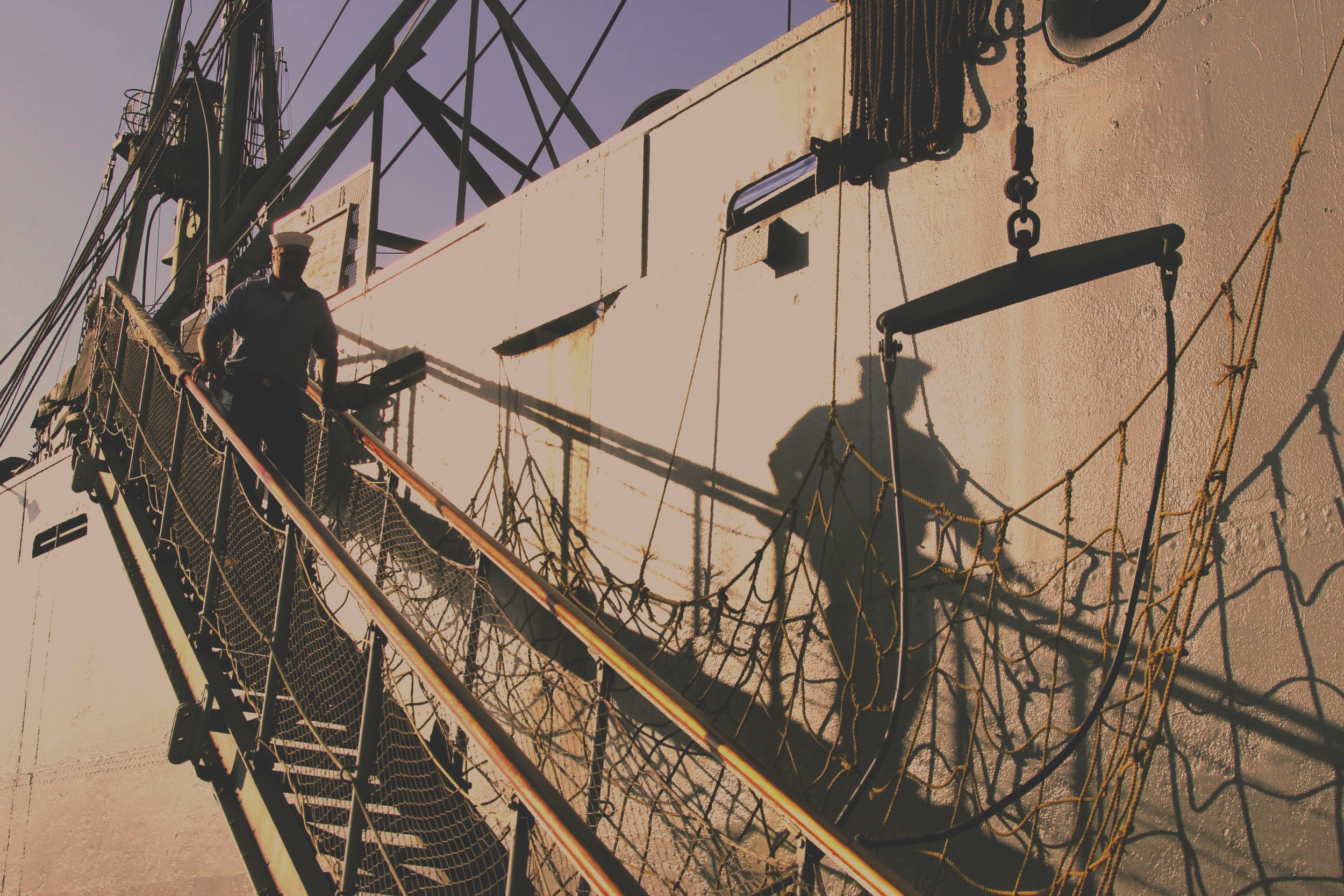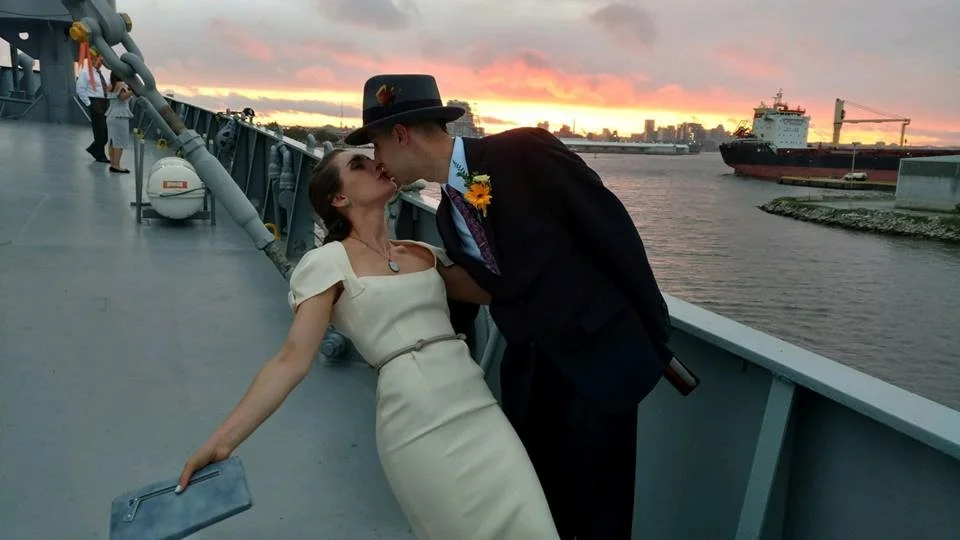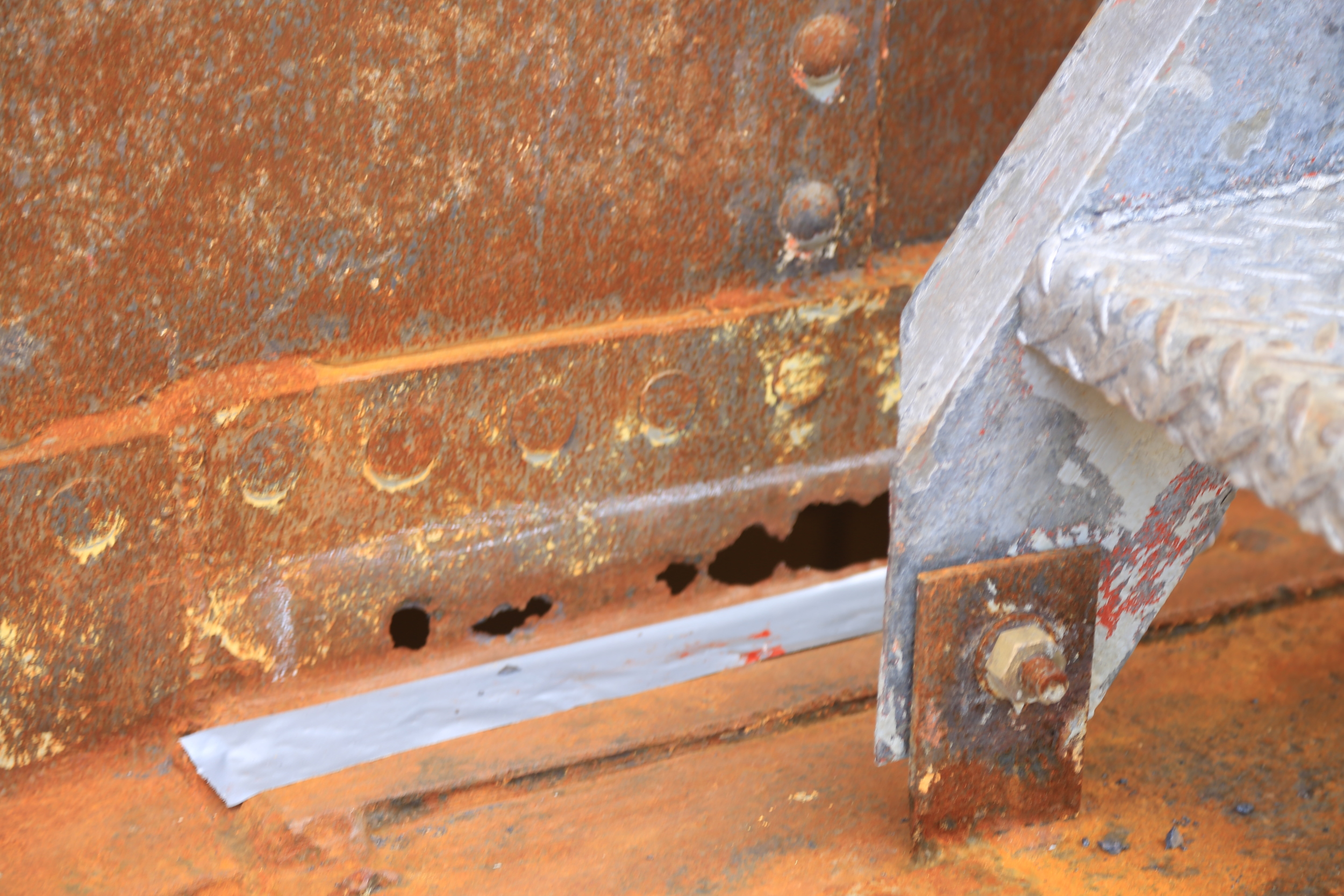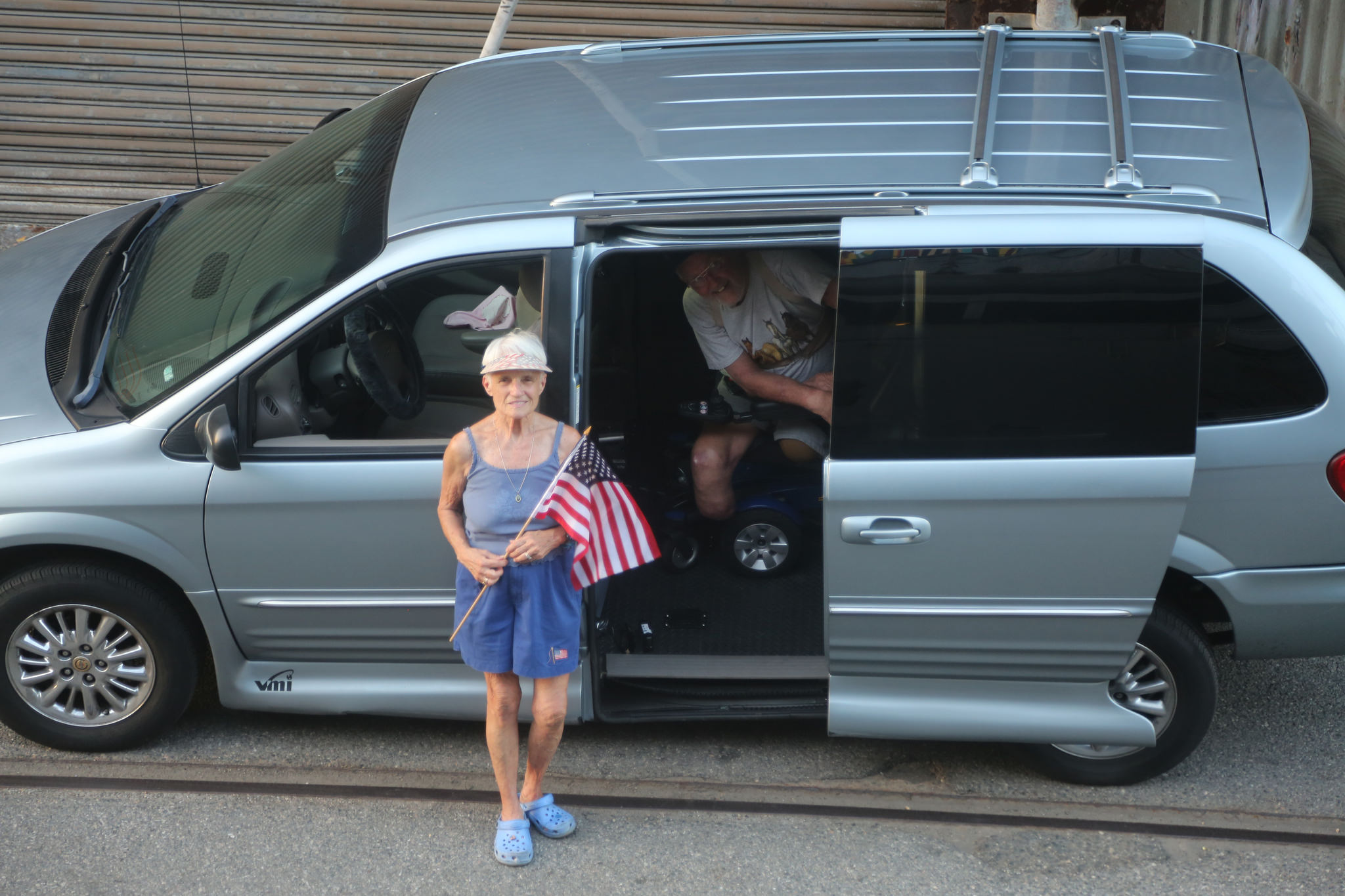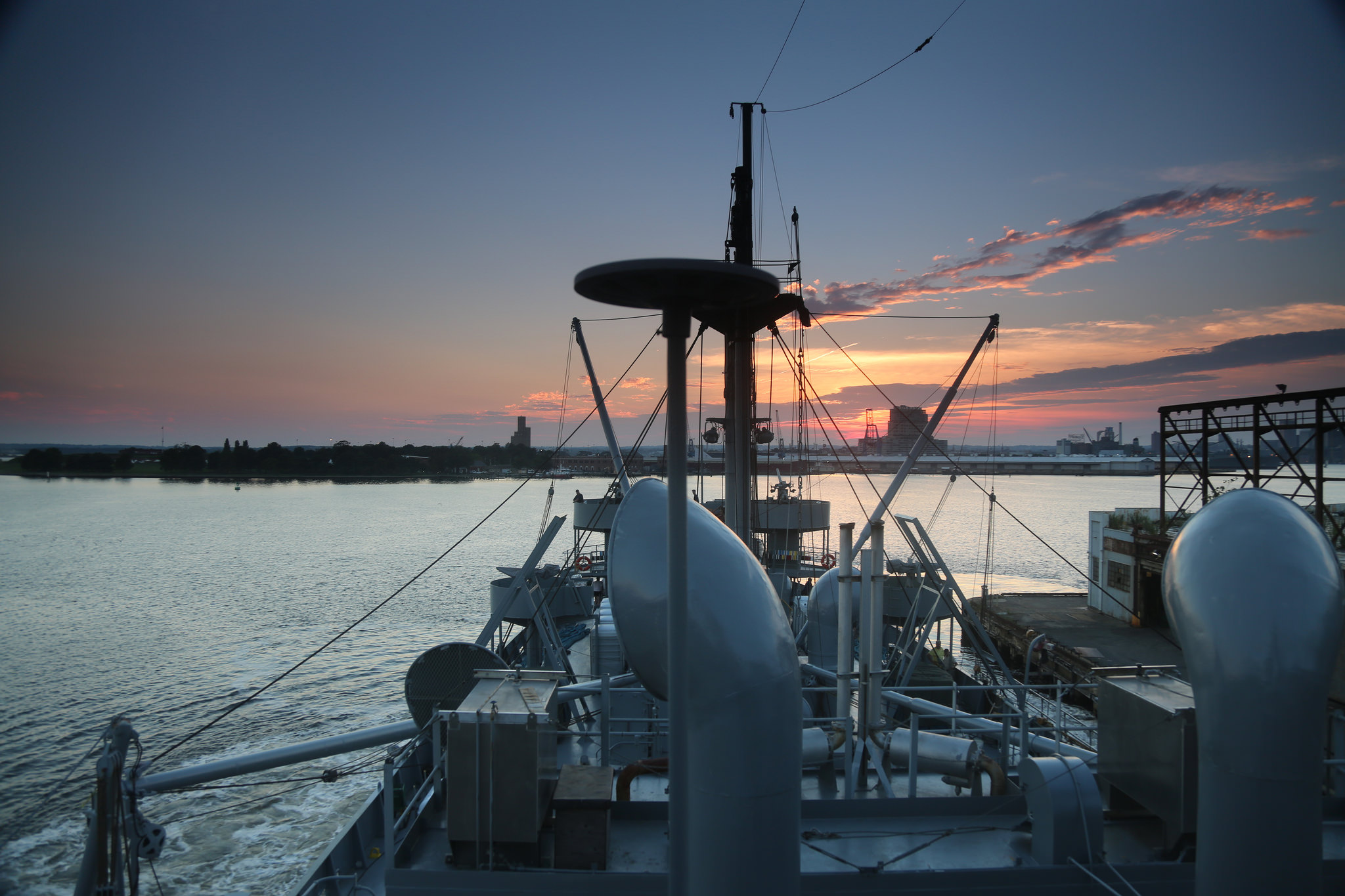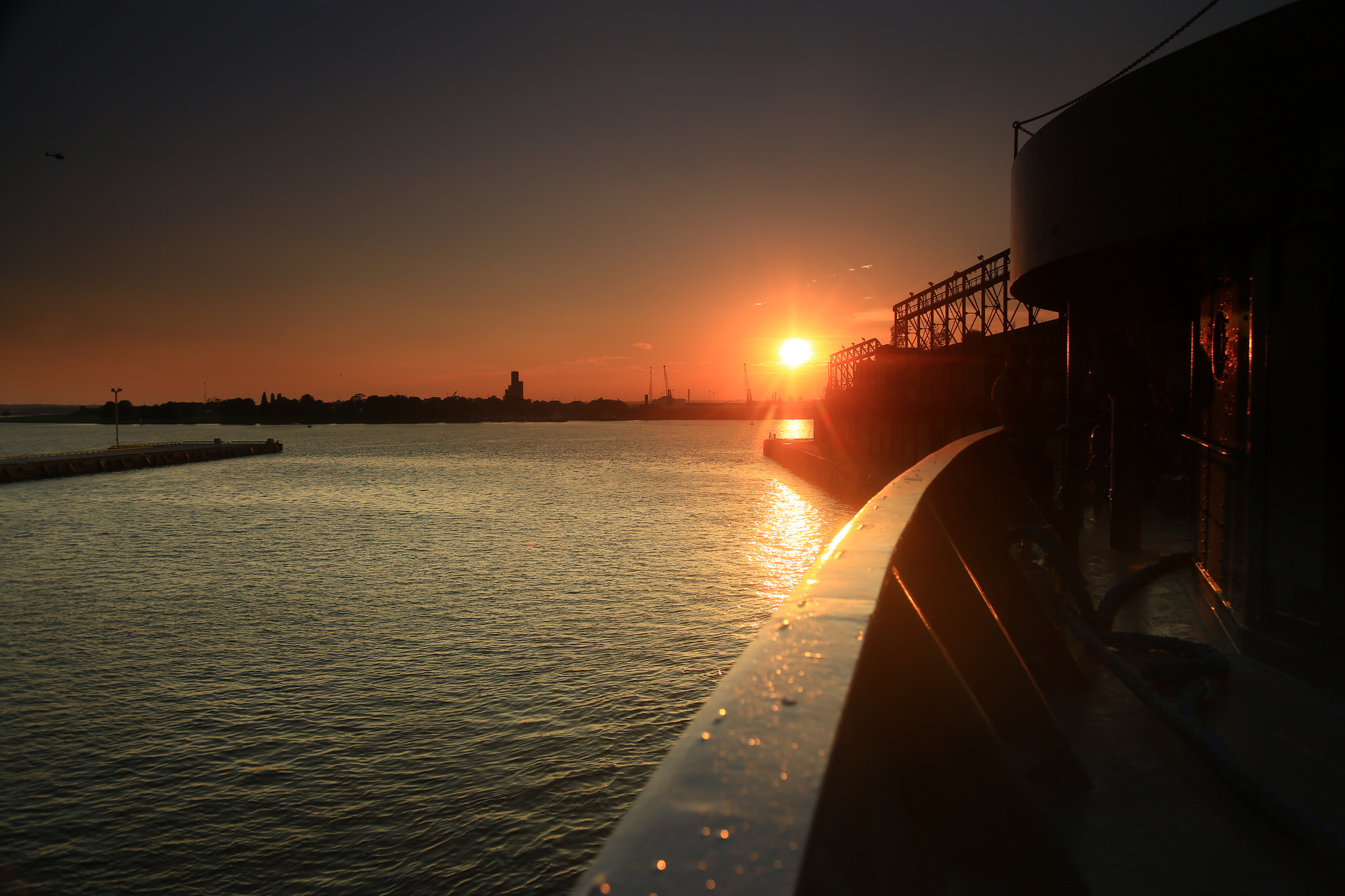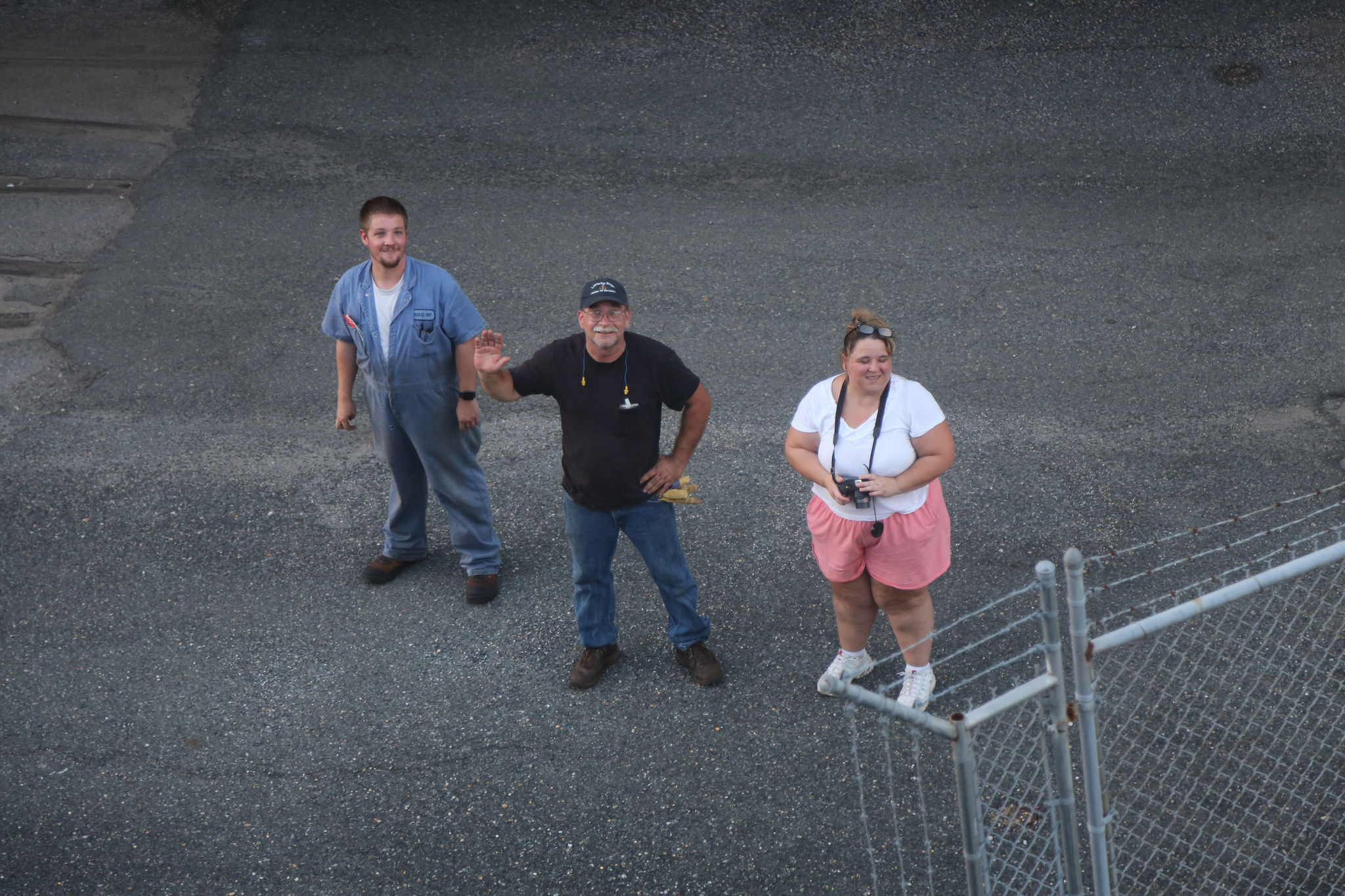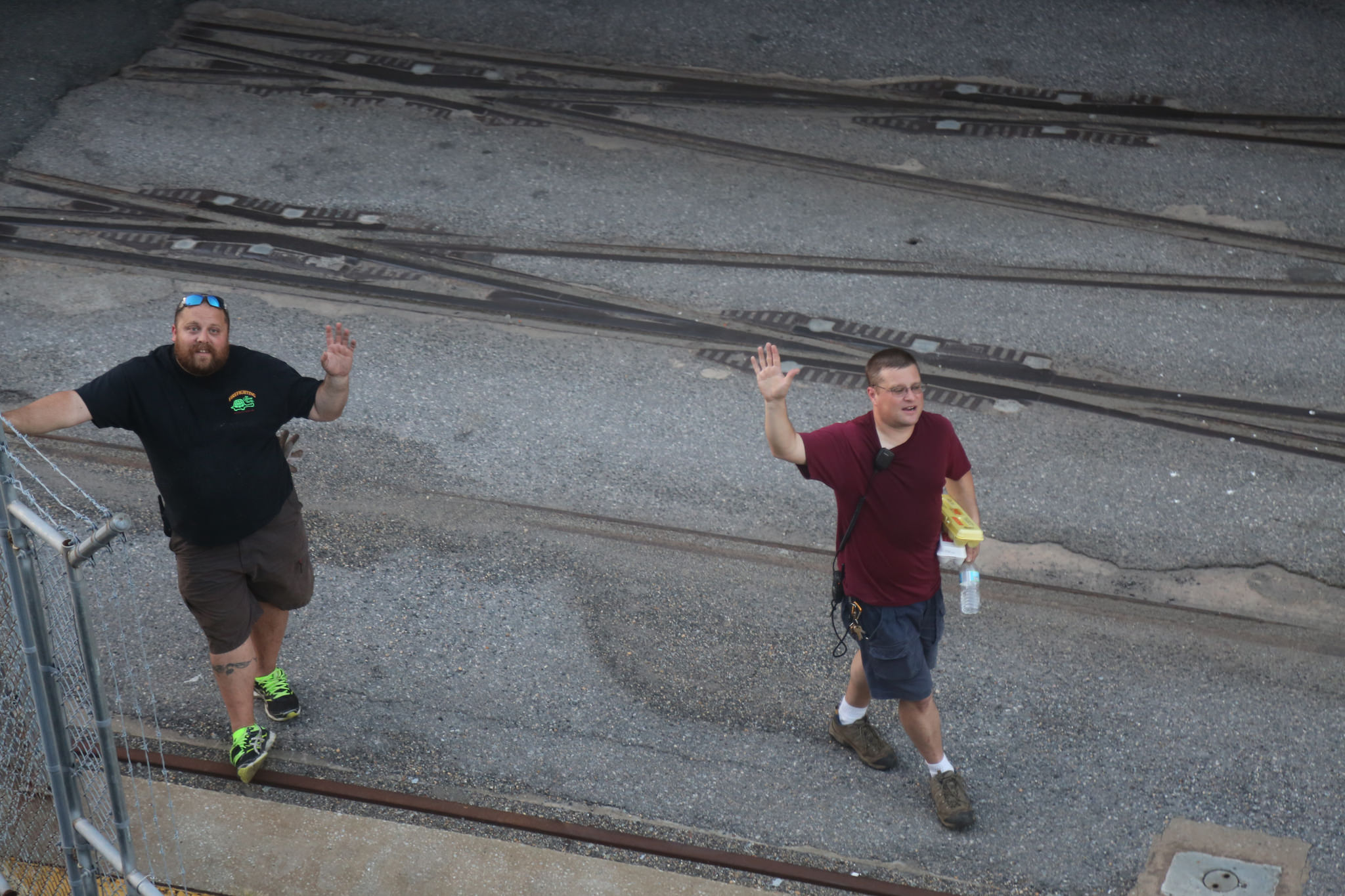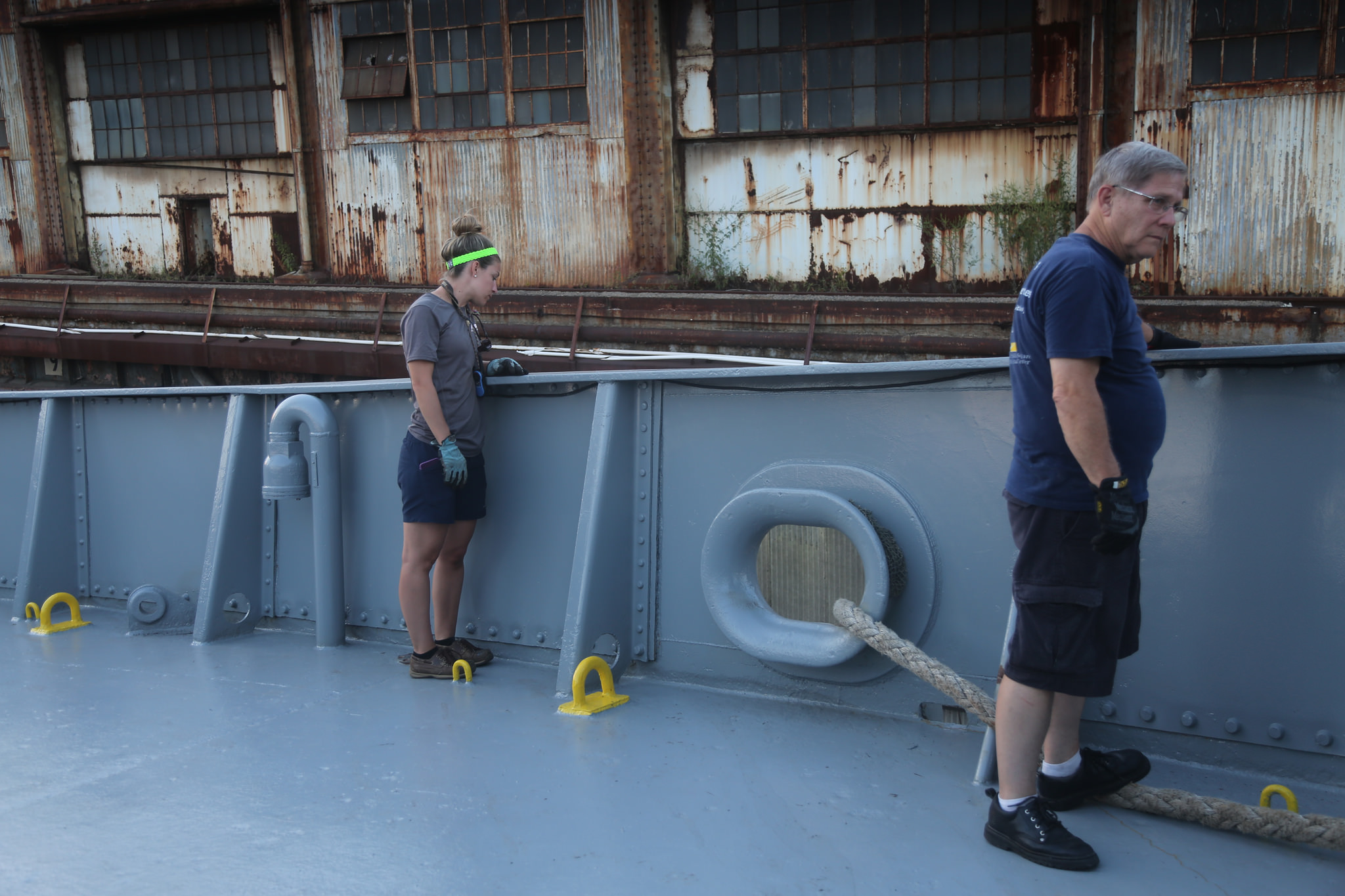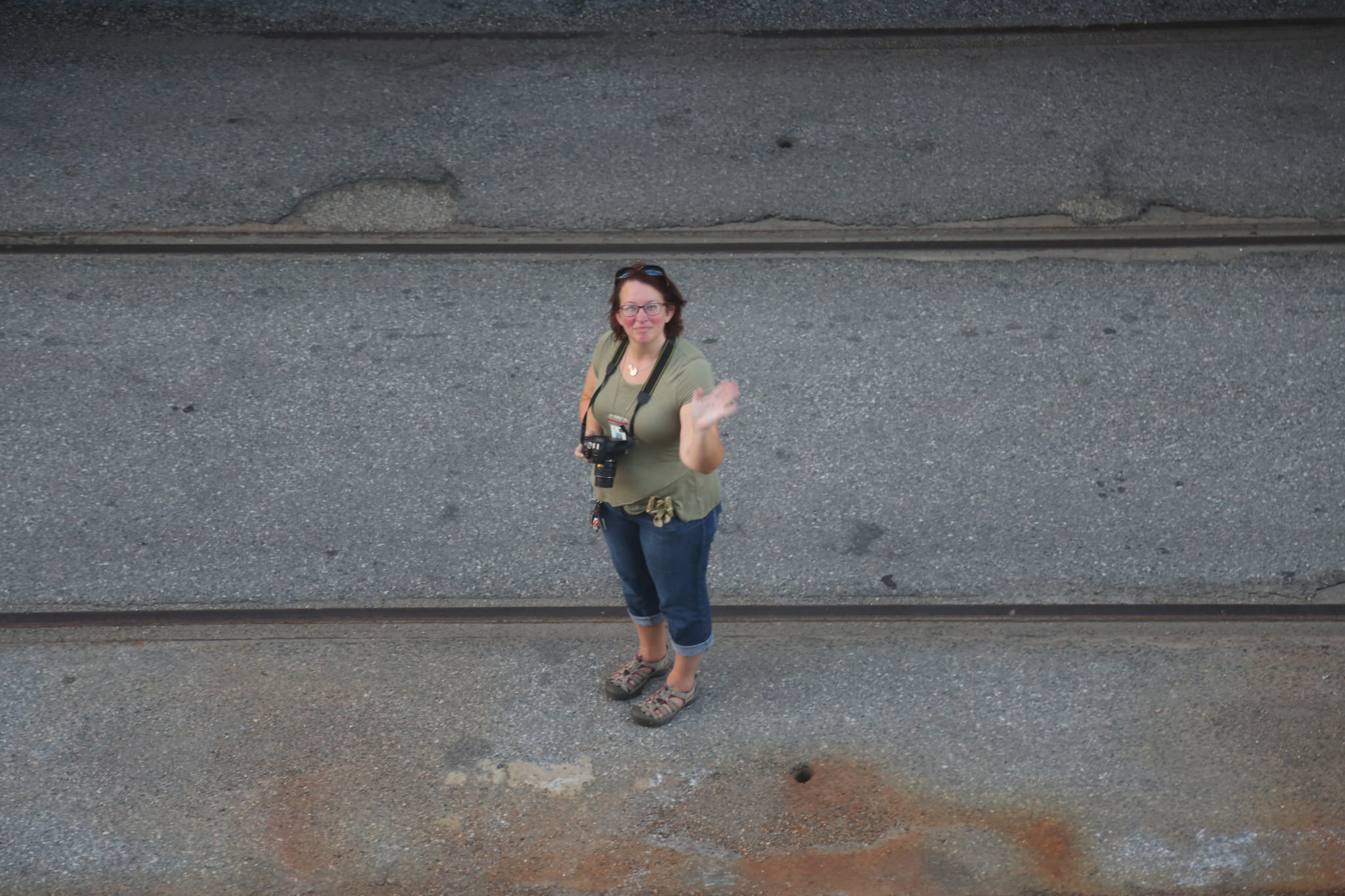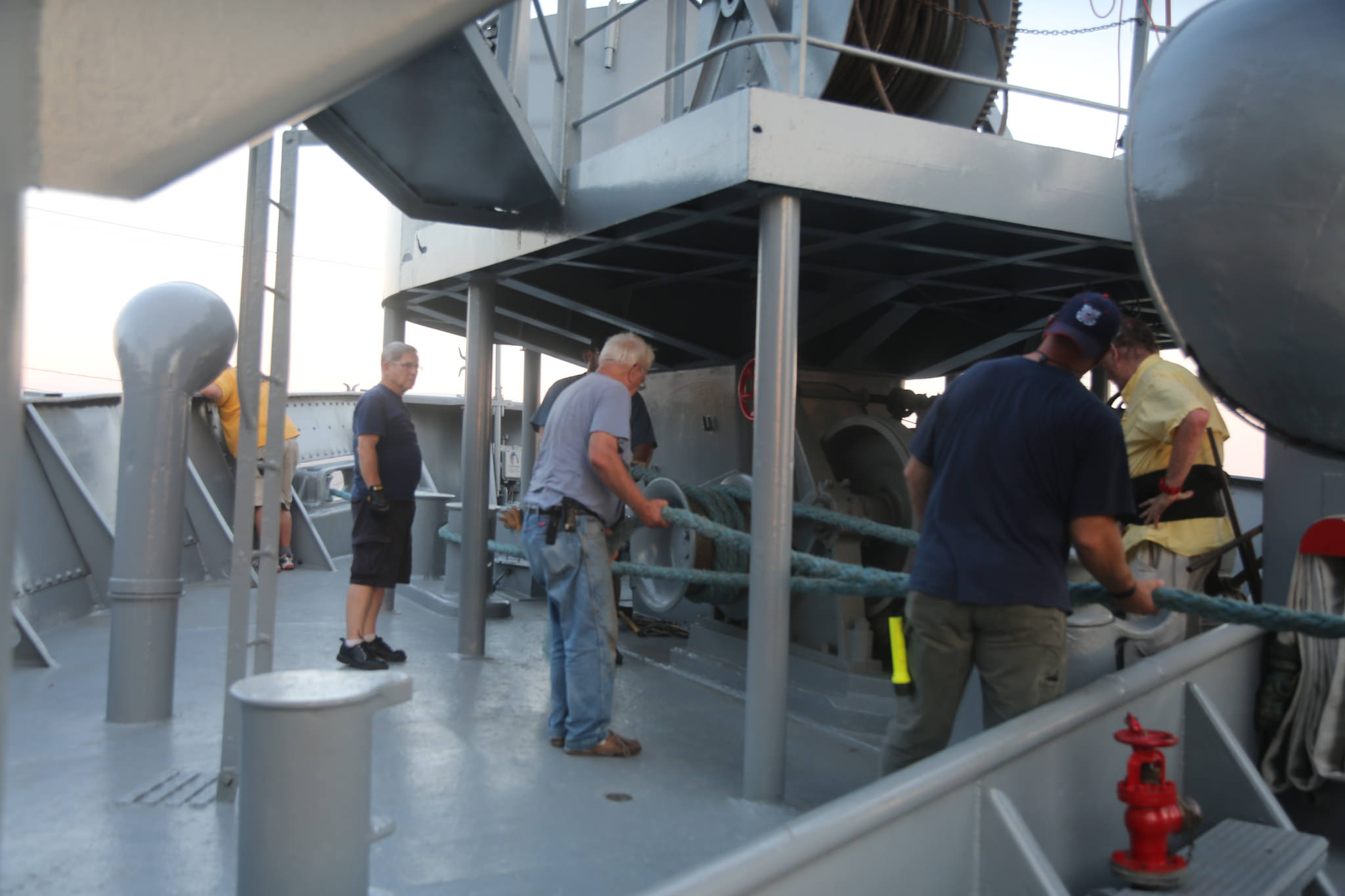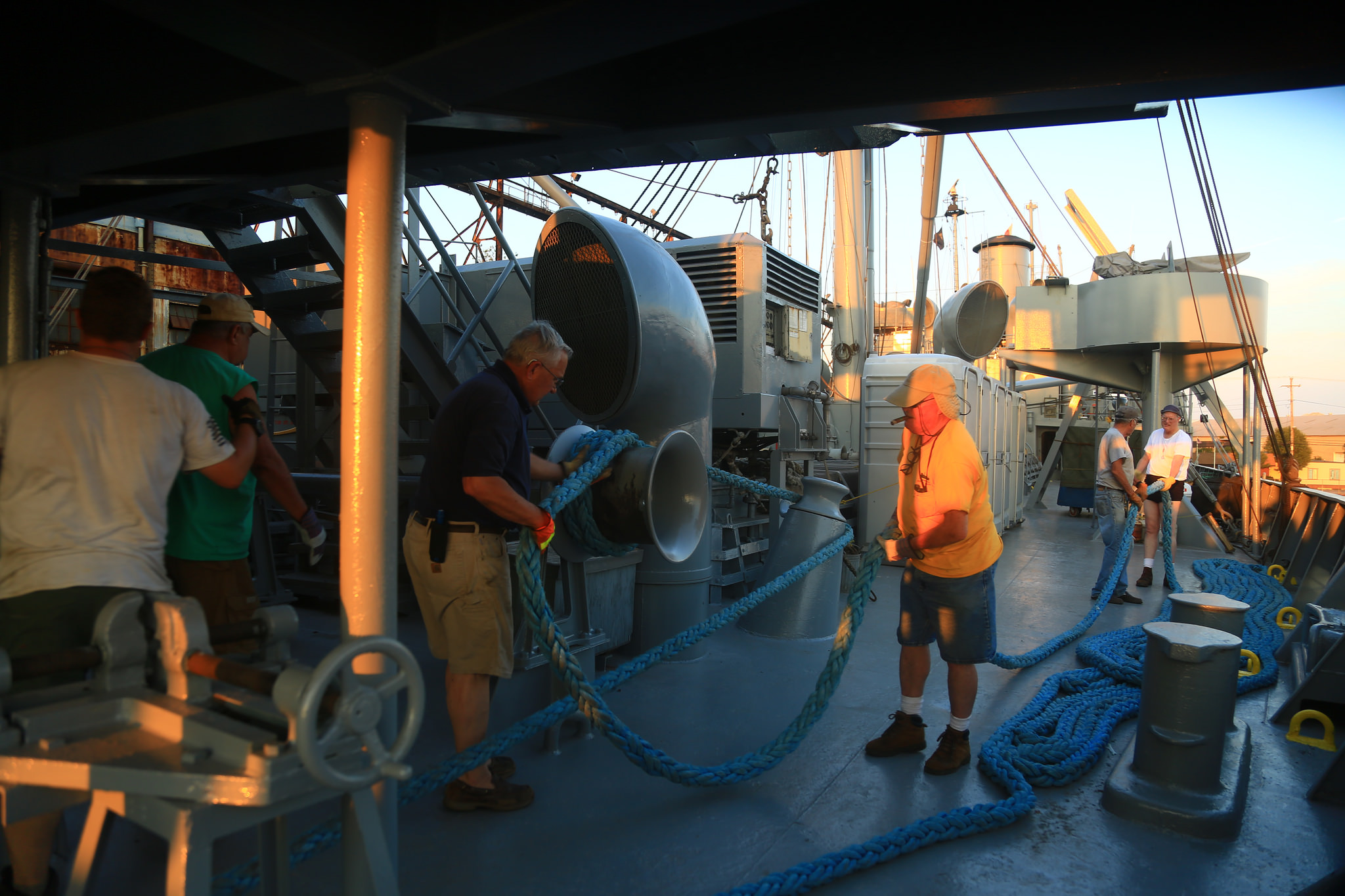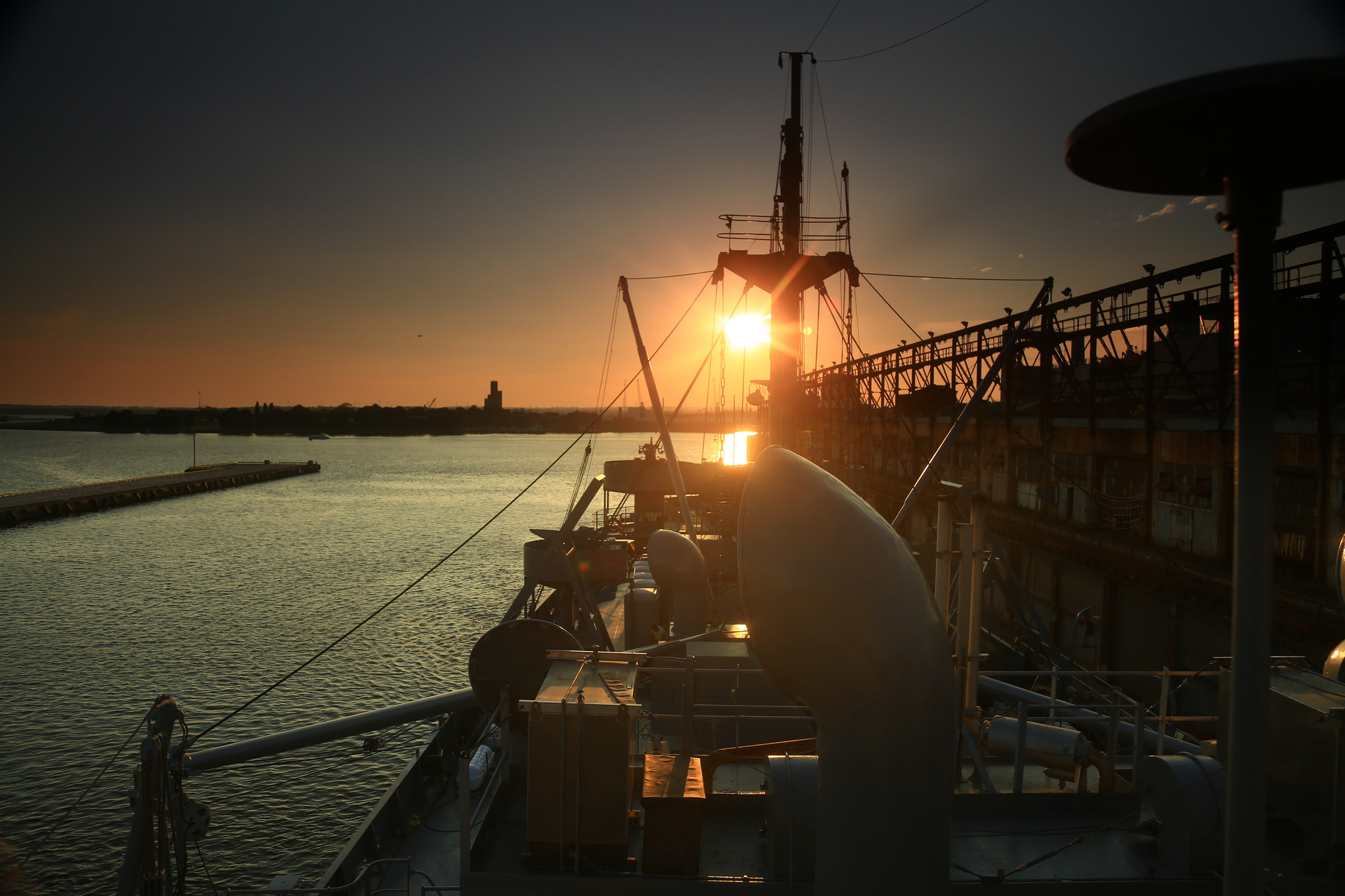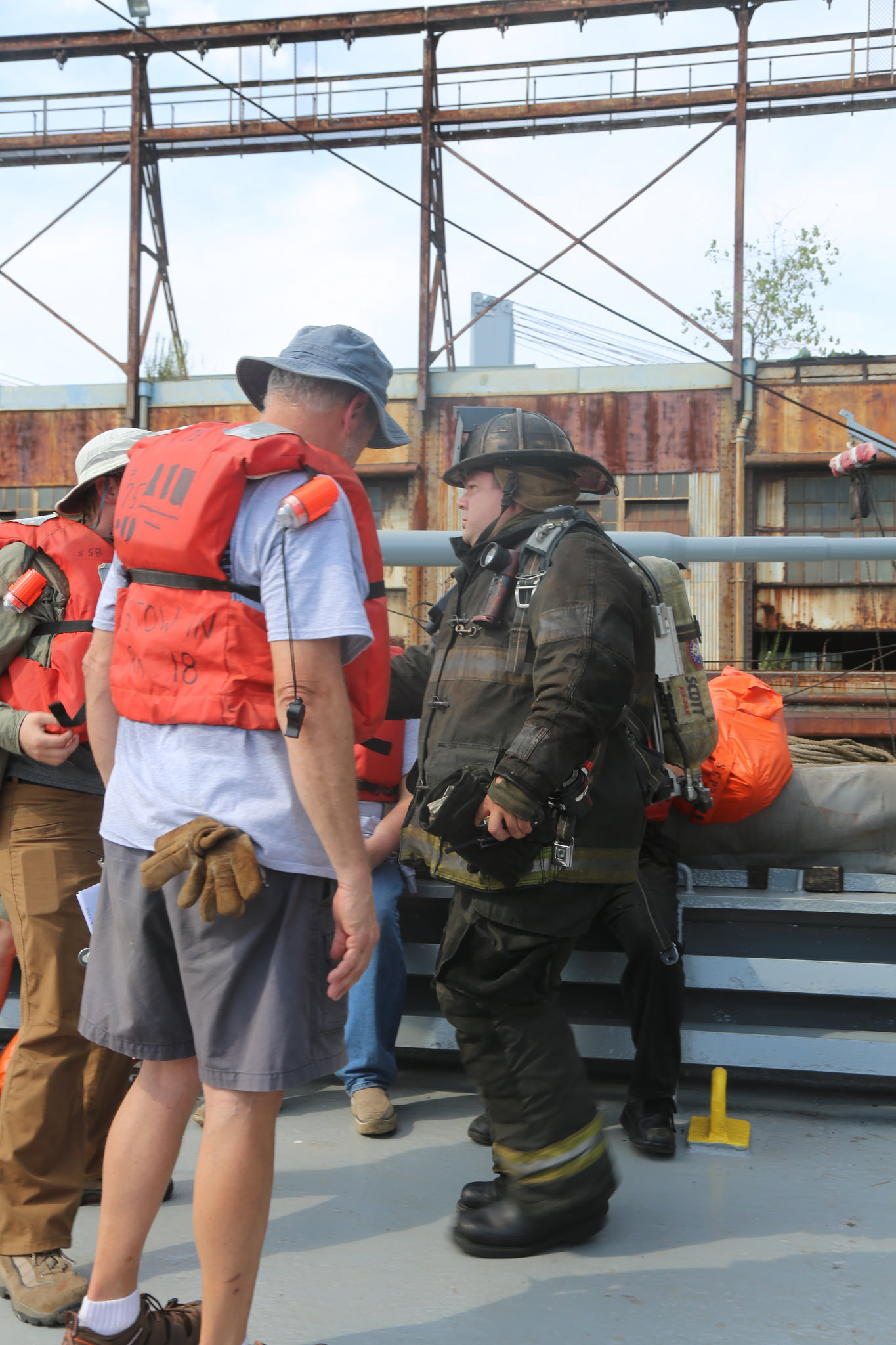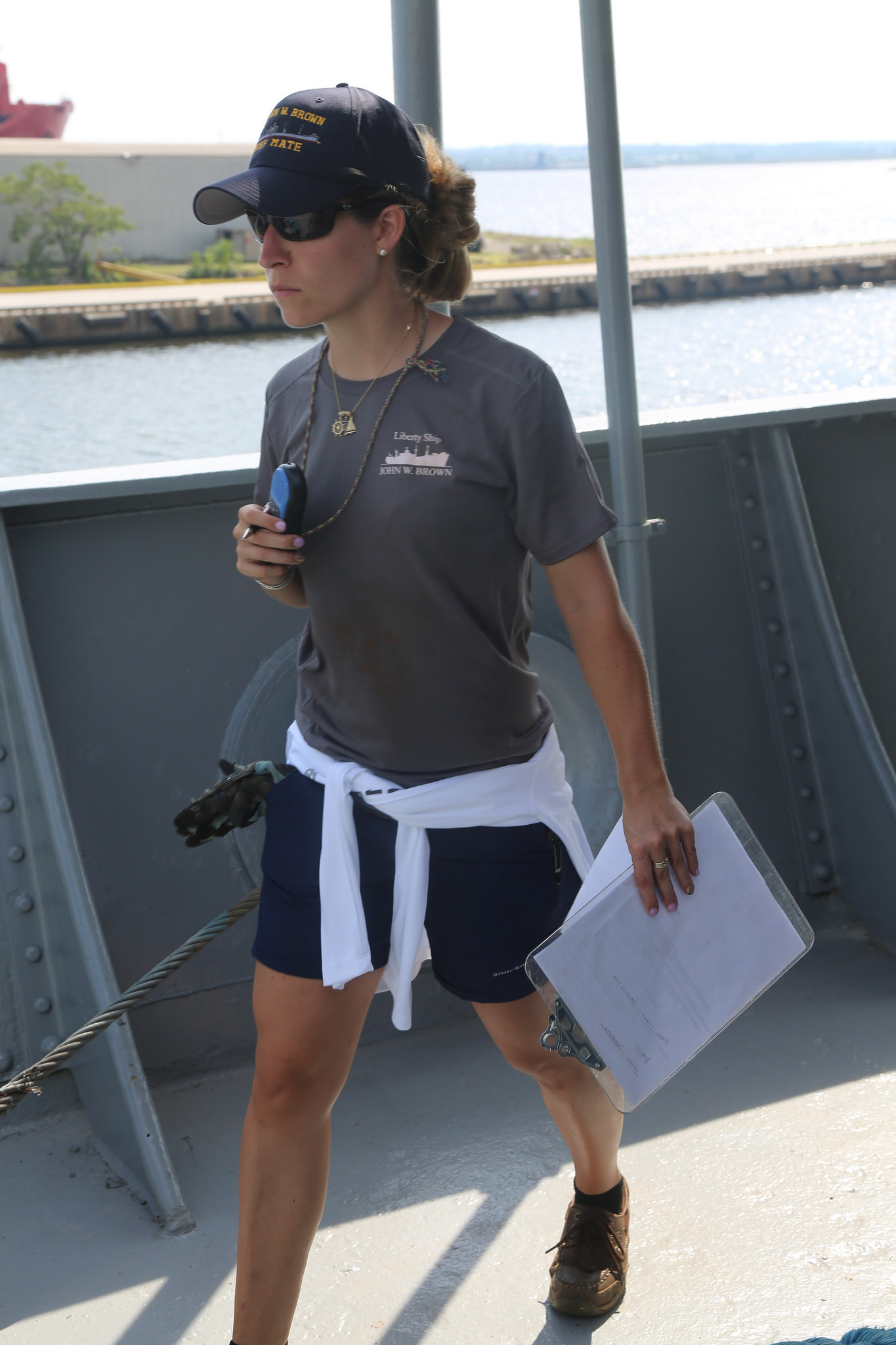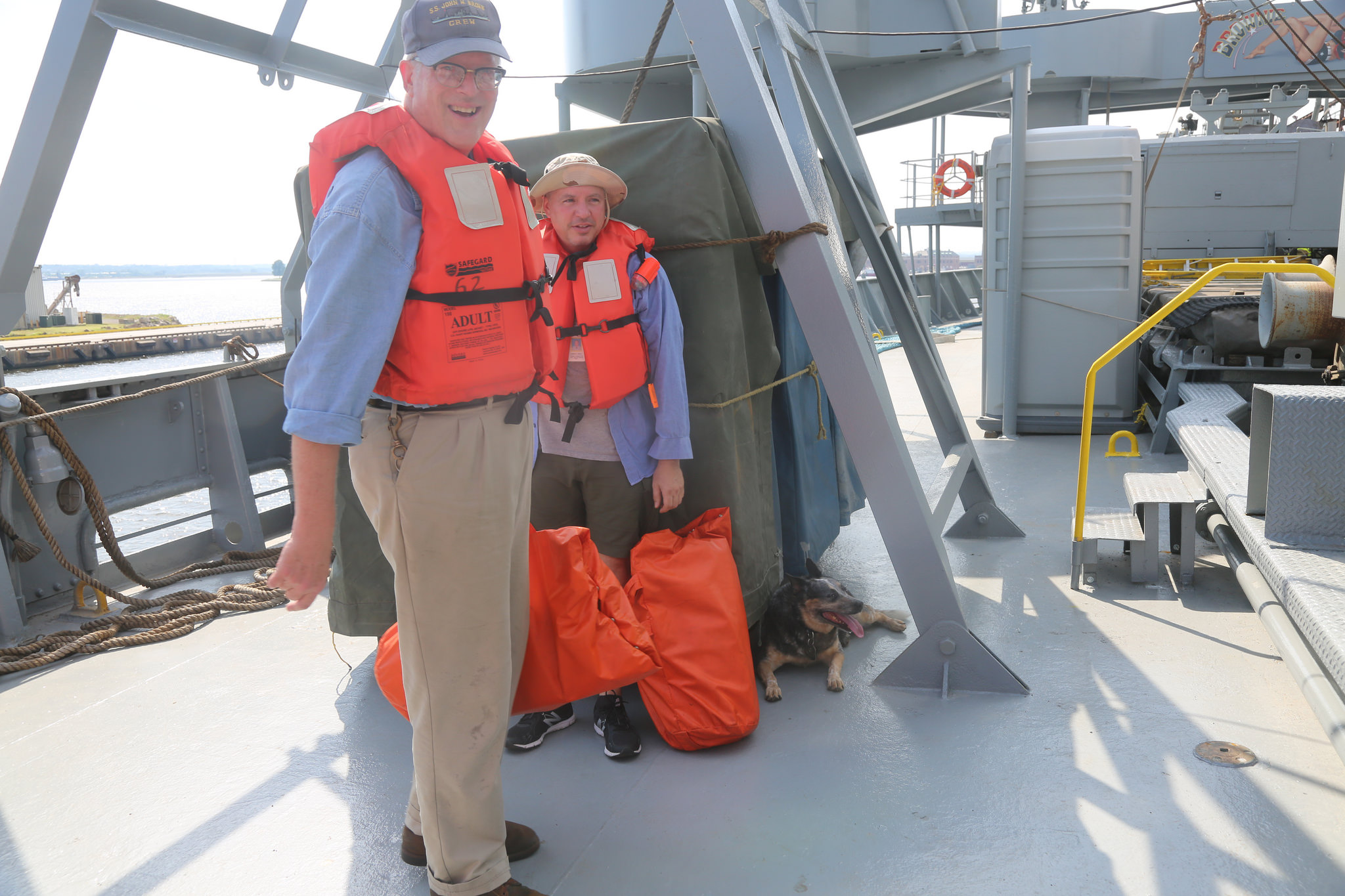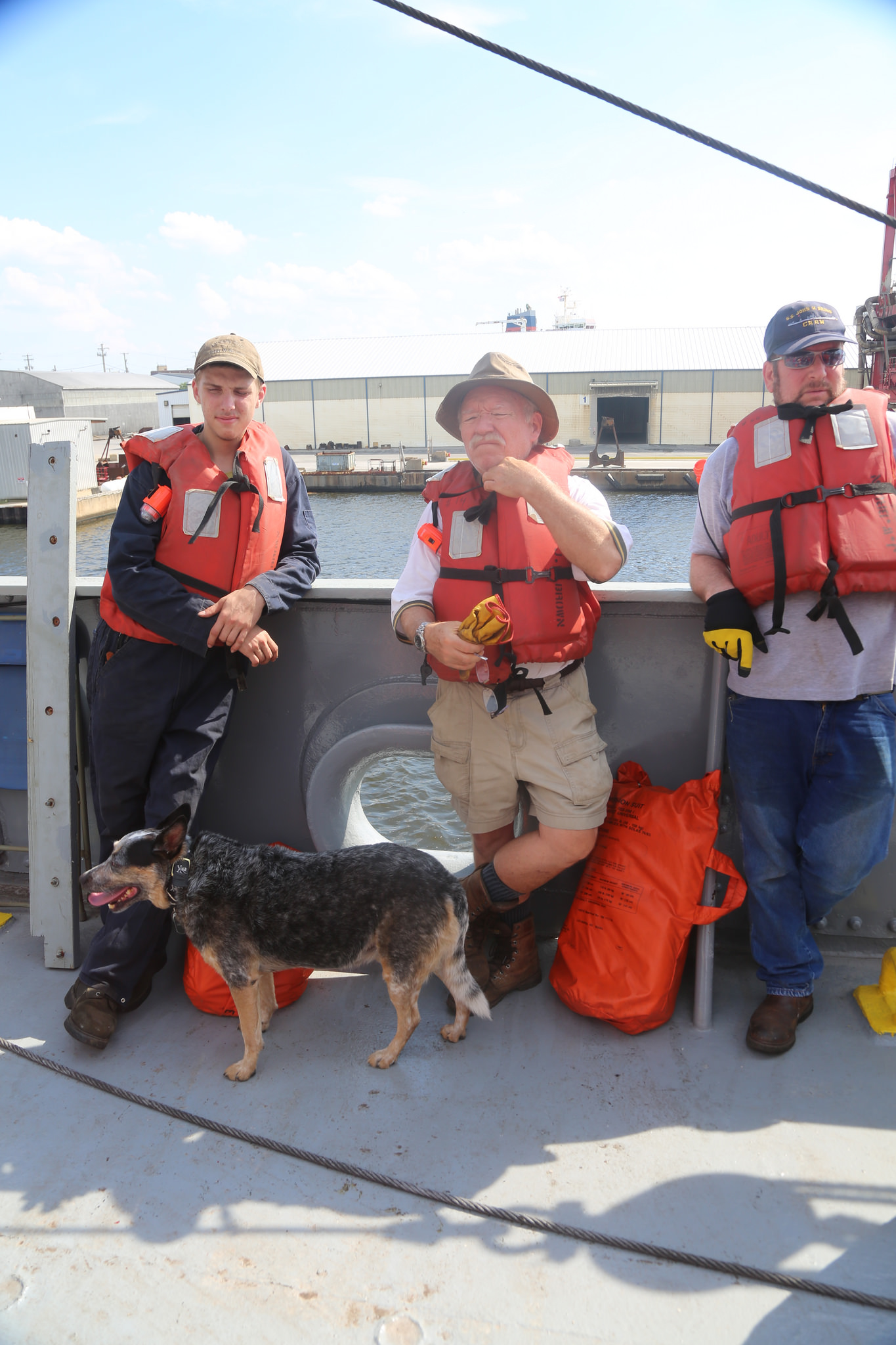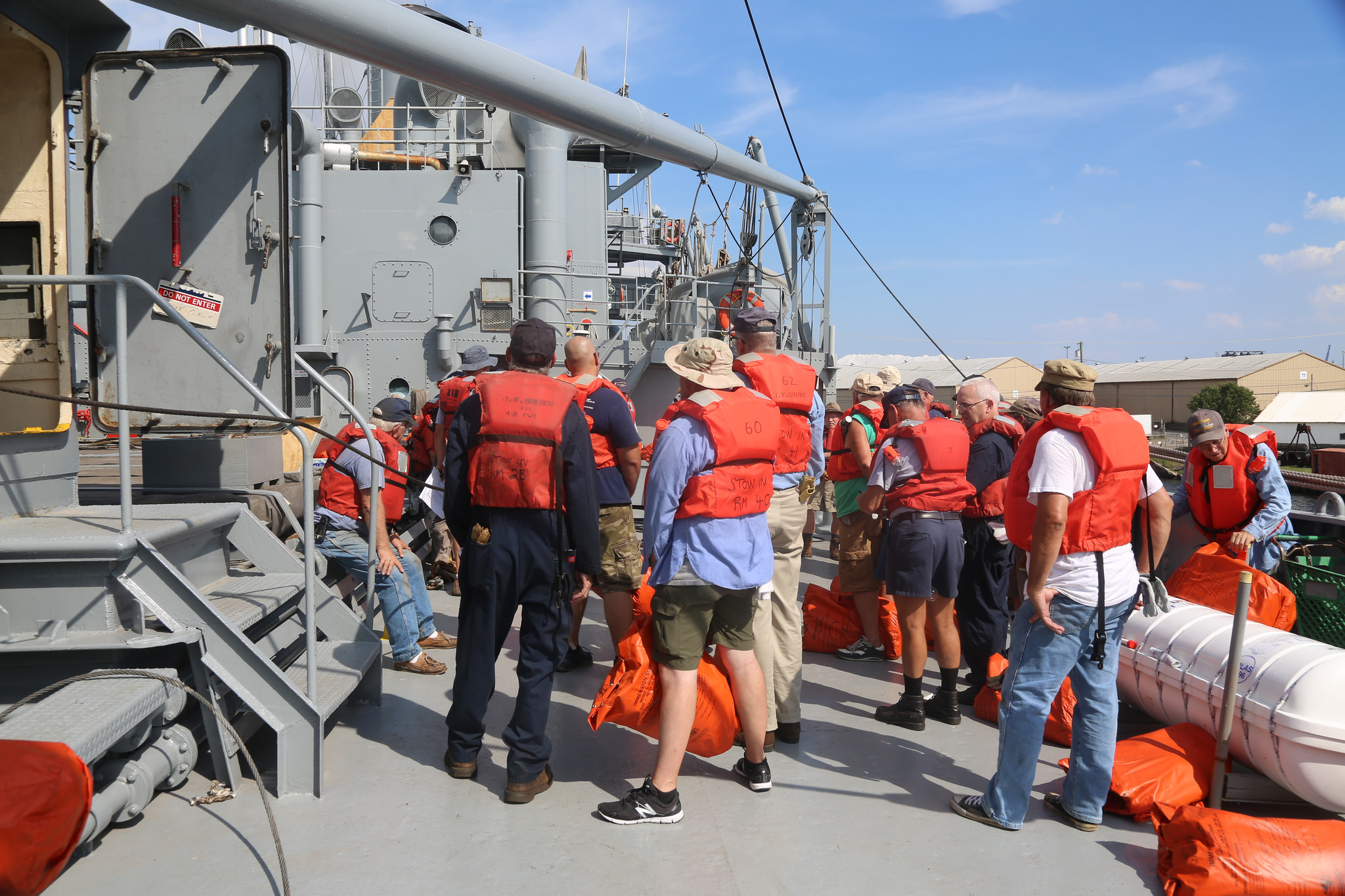Crew on the BROWN have many projects going on and would be more than happy to see the end of winter and to finally see Spring's smiling face. With exciting trips coming up (Norfolk, Va in May and NYC in September), we have many things to accomplish and lots of planning. But we are also in the midst of some major repair work. As many of you know, we spent the end of Fall with painting the ship (thanks for ALL who donated to that fundraiser). We raised the $100,000 needed for that part and will hear back about a matching grant that we applied to for the next phase of this project.
Unfortunately, with major painting and paint removal down to bare steel, one also finds all types of small problems that need to be addressed, like rusted areas in need of welding for instance. Currently, these repairs are almost completed, and if the weather would cooperate, we'd be done already.
Once the welders are done, hopefully it will be warmer and we can finish some smaller painting project.s. With that in mind, we have been getting lots of inquiries about what you need to do to volunteer on the crew.
- You need to come to the ship on a Wednesday or a Saturday.
- You will need to become a member (insurance requires you to be a member to work on the ship (you can pay when you come or you can order your membership online through the online store)) and a year long individual membership is only $30.
- Be prepared to learn and share. Each person will most likely be a good fit for something. If you don't know anything about ships (or historic ones), no problem, there are plenty of people there who can show you how to do different jobs. This does not mean that we only need people for technical or manual work. We ALWAYS have work that anybody can do. This type of office work or even specific jobs for upcoming projects, is always available. If you know about fundraising, grant writing, media communications, IT work (the list goes on and on), and you're willing to volunteer, we have work for you.
So, do we have requirements to volunteer? We don't require our members to volunteer a set number of hours a month. Any time you can give to the project, is welcome. We do have requirements for going on cruises and out of town trips, which requires you to be coming around long enough for us to get to know you and have a specific number of hours of logged volunteer time on the ship. Some people can get these required hours withing a couple of months, while others take 8-9 months of coming once a month, to get the same number of logged hours.
Also, we would love any help from members in Norfolk, Va and NYC. Many of you may not be able to come to the ship but may be willing to do some ground work for us to promote our visit to your city. More info to come soon about both the Va and the NYC visits, so stay tuned.
Project Liberty Ship, Inc is a 501(c)3 non-profit, all volunteer organization engaged in the preservation and operation of the historic ship JOHN W. BROWN as a living memorial museum. Gifts to Project Liberty Ship are tax deductible.
